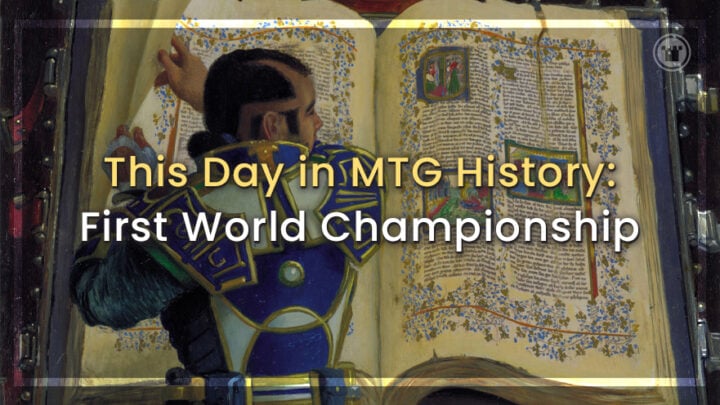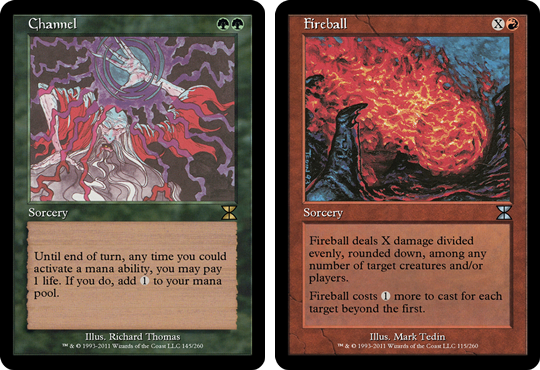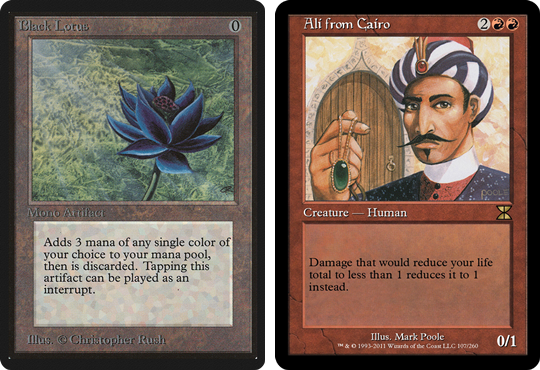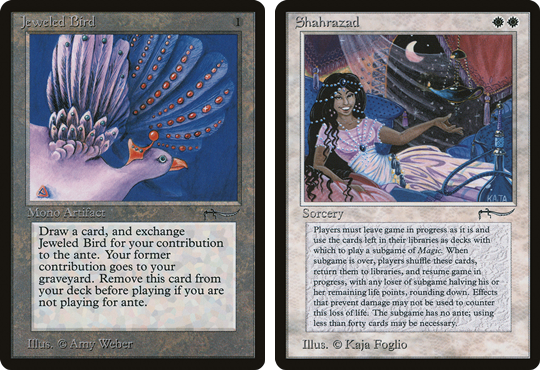Welcome back to another edition of “This Day in Magic History.” Today, we’re going to take a look at the most important event in the history of competitive Magic. On Aug. 18, 1994 the very first Magic World Championship began in Milwaukee, Wisconsin.
This was not only the first time someone could claim the title of Magic world champion, it was the first time there was a formally sanctioned large-scale Magic tournament. This is a particularly good time to look at the history of organized play and the world championship since World Championship XXVIII is only a couple of months away.
Competitive Magic Before 1994
The 1994 World Championship wasn’t the very first Magic tournament of any kind. Shortly after the game made its debut in 1993, people began playing in competitive environments. However, Wizards of the Coast largely avoided becoming directly involved in the organization of these events. The most notable event before 1994 was a tournament held at GenCon in 1993.
As Magic continued to grow in popularity, it became clear there were some serious problems with tournament organization. Without any sort of governing body, tournament organizers had all the power. Organizers could simply decide certain cards were banned, and they could even alter the rules if they wanted to.
Obviously, this created a whole lot of issues. There was neither a standardized rulebook nor a standardized Banned & Restricted list, and this did not create a great experience for players.
The Birth of Organized Play
Today, organized play is a major part of most trading card games. Magic was, of course, the very first TCG, and that also means it was the first game to create a system of organized play — so they didn’t have many examples to build on.
In January of 1994, the Duelist’s Convocation (later the DCI) formed. They were tasked with getting the game ready for the World Championship that would be held in August at GenCon 1994. It was their job to standardize the game so that the play environment at the World Championship would be as healthy as possible. This also meant that people would be used to this official way of playing Magic in time for Worlds.
They had a lot of work to do. First, they had to create an official rulebook for the game that tournament organizers had to follow. This book included things like the idea you could play a maximum of 4 copies of any non-basic land card. That’s right! Before this became an official rule, some organizers allowed you to play a deck made up entirely of lands, Channels and Fireballs — which generally meant you would just win the game on turn one!
Second, the DC had to create a Banned & Restricted List. Banned cards couldn’t be played at all, and restricted cards were restricted to only one copy per deck. Their goal was to get rid of any cards that would cause the game to be unfun. For example, the DC restricted Channel and Fireball so the combo wouldn’t just be in opening hands.
As you can imagine, the first year of managing a Banned & Restricted list was a bit rocky. In seven months, they made six different announcements, adding and removing cards from the list. There were many cards that made a ton of sense on the restricted list — like the Power 9. But for every restricted Black Lotus, there were also cards like Ali from Cairo, which the DC overestimated.
They also had to ban cards that would cause significant problems in a tournament environment. This included cards that involved playing for Ante. This was a mechanic that involved you actually winning cards from your opponent when you beat them.
This would create a ton of problems in a tournament environment, as decks would become illegal if they lost cards. They also banned Shahrazad, a card that made players play a subgame of Magic, which took forever to resolve.
By the time the World Championship rolled around in August, the DC had effectively managed the Banned and Restricted list so there wasn’t anything super busted happening at the 1994 World Championship.
[Nizzanote: If you want to learn more about the history of the Banned & Restricted list, check out my YouTube series that covers this subject! ]The Event
The 1994 World Championship was significantly different from today’s big tournaments. For one thing, at this point Magic didn’t have any official formats. The game was new enough that there was only… Magic. The card pool was just that small!
Today, the World Championship is an invitation-only tournament, and an event that you only qualify for by doing well at other major Magic tournaments throughout the year. In 1994, this was the only major tournament, so you couldn’t do anything special to qualify.
This meant anyone who showed up at the event could enter. Five hundred and twelve players from throughout North America and Europe descended on Milwaukee on the weekend of Aug. 18, 1994.
It was also a single elimination tournament. This is something we never see today, because the variance of Magic makes a single elimination event pretty challenging. Yet, the players kept going until there were only four players left standing. In the end, American Zak Dolan became Magic’s first World Champion.
Organized Play After 1994
The 1994 World Championship was a huge success for Magic. It proved that the game had a very real competitive scene, and organized play expanded from there. Another World Championship was held in 1995, and the Pro Tour began in 1996.
This meant several major tournaments were now held every year, and it is (once again) largely the system of organized play we know today. While we saw the Pro Tour briefly retired, it will be returning in earnest in 2023.
End Step
Things have certainly changed since the birth of organized play, but I, for one, am very happy to see the return of the Pro Tour in 2023, as I think competitive Magic is crucial to the health of our favorite game. So while this year’s world championship will certainly be different than the original, it should be just as good a time for the highest level Magic competition in the world.
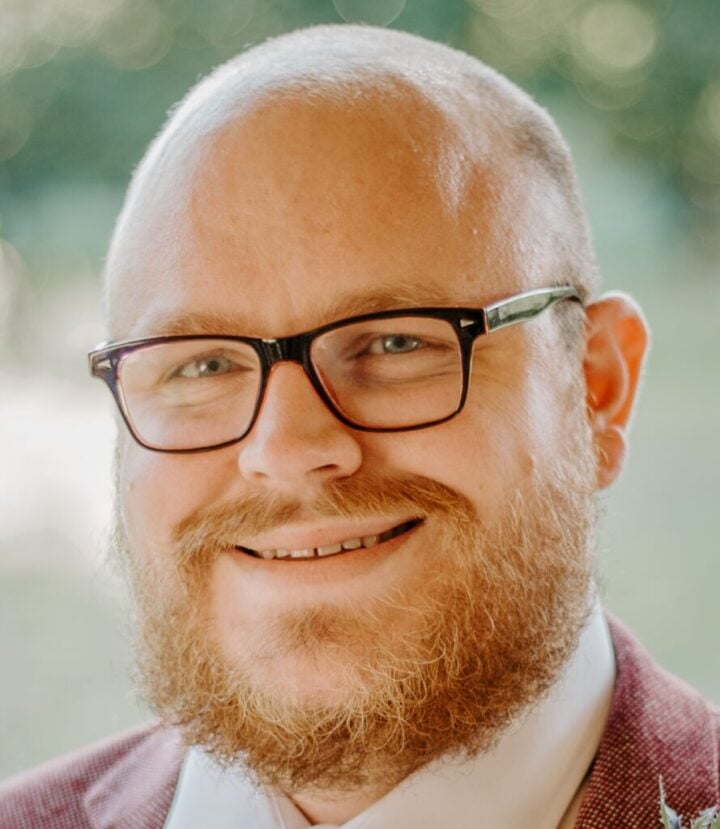
Jacob has been playing Magic for the better part of 24 years, and he especially loves playing Magic’s Limited formats. He also holds a PhD in history from the University of Oklahoma. In 2015, he started his YouTube channel, “Nizzahon Magic,” where he combines his interests with many videos covering Magic’s competitive history. When he’s not playing Magic or making Magic content, he can be found teaching college-level history courses or caring for a menagerie of pets with his wife.

